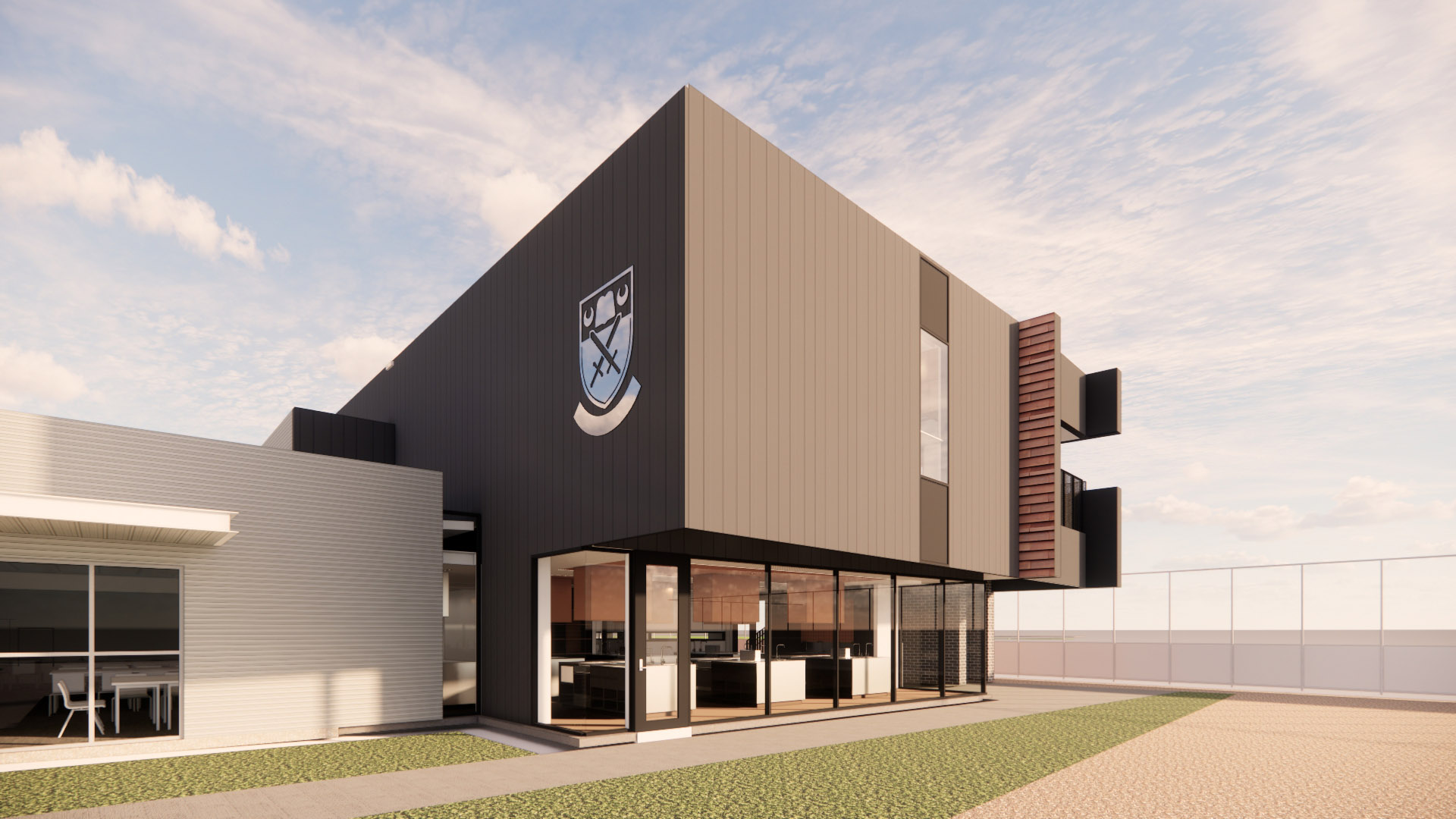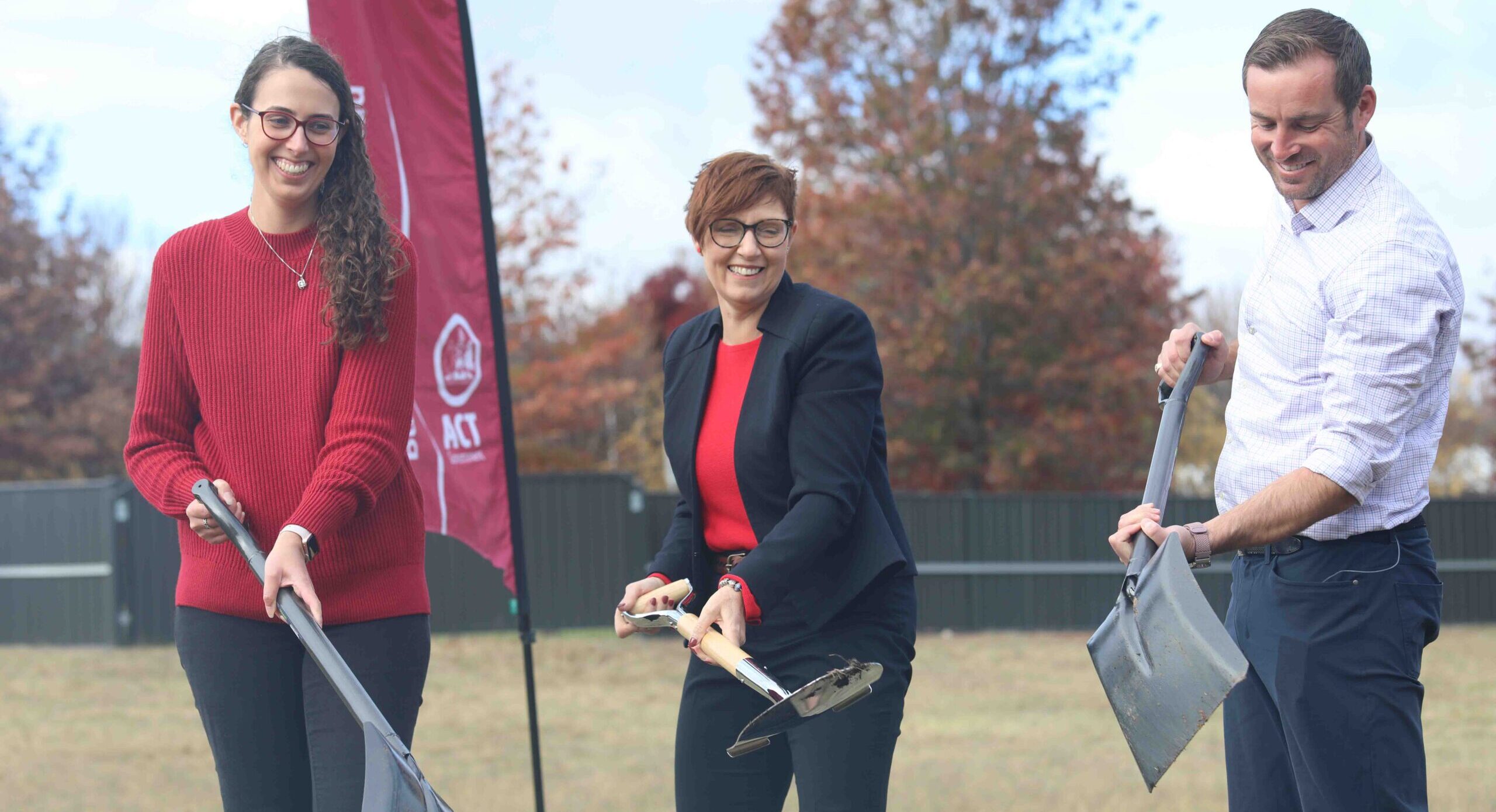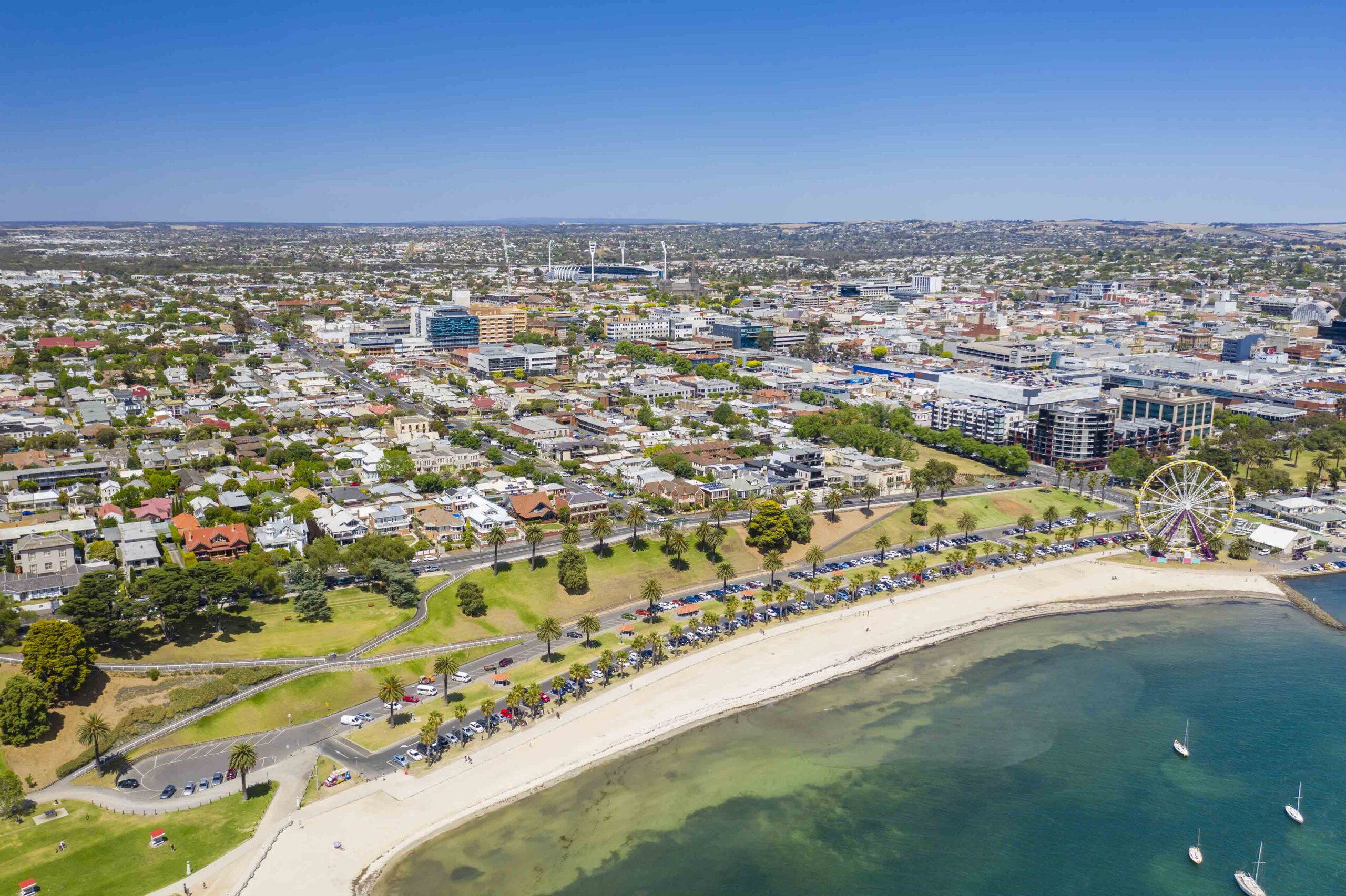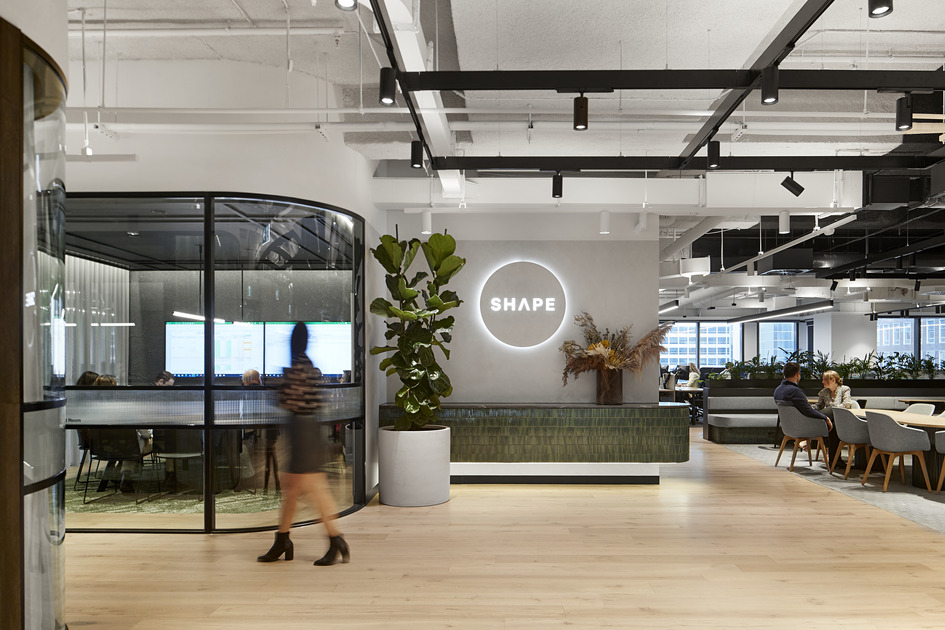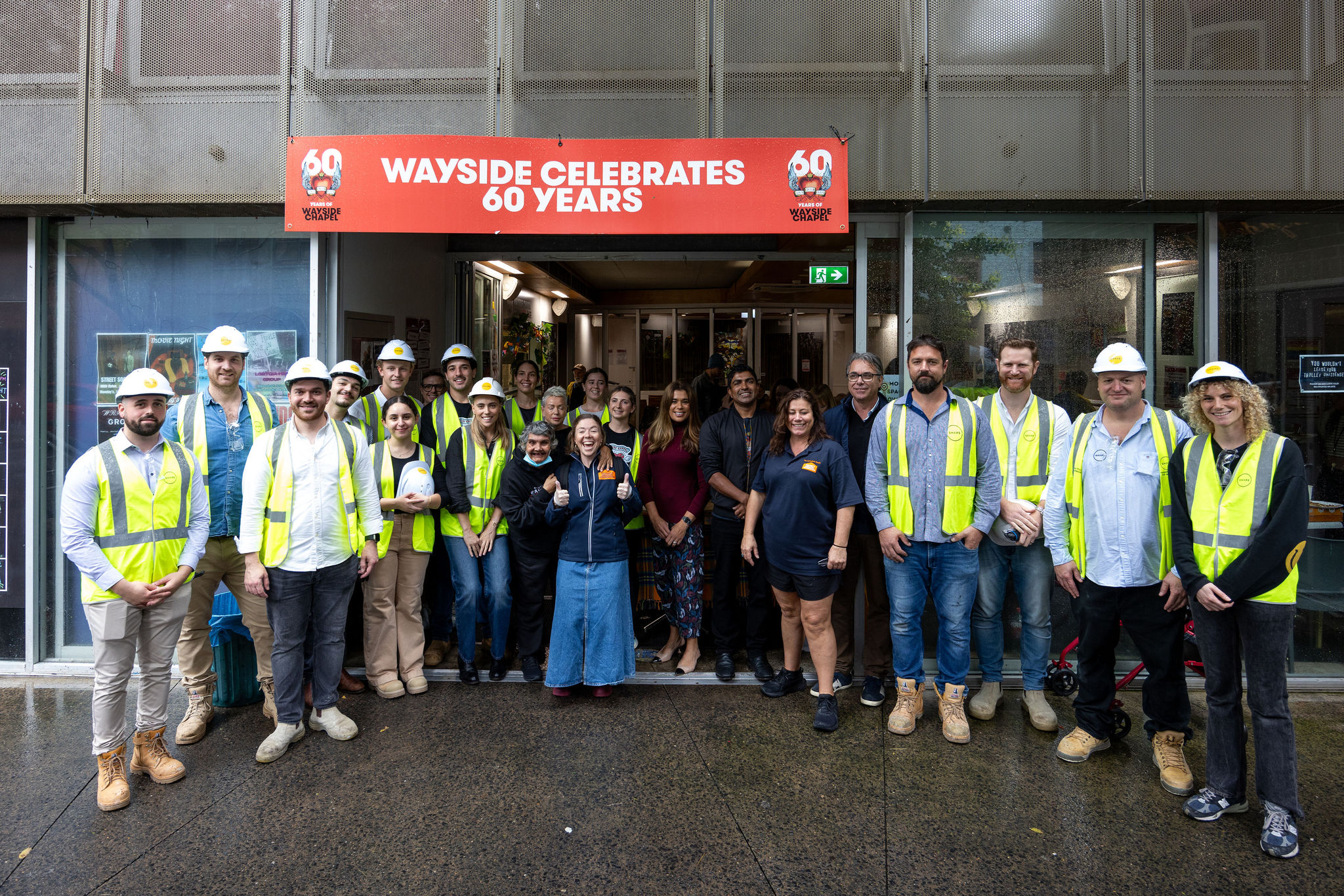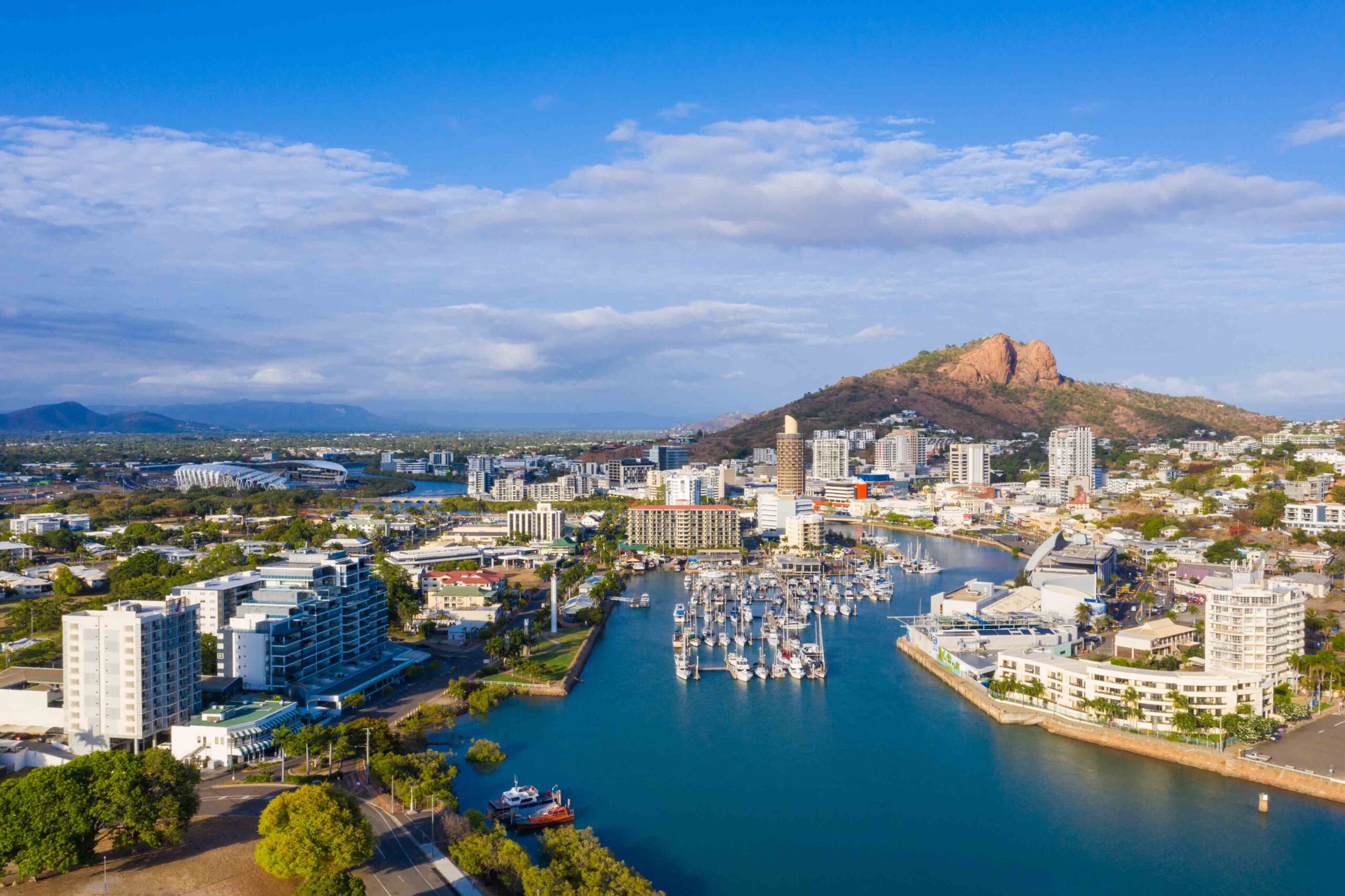How the construction industry can be a voice for reconciliation

National Reconciliation Week this year celebrates the theme ‘Be a Voice for Generations’, encouraging all Australians to be a voice for reconciliation throughout our everyday lives – where we live, work, and socialise.
Many companies are already taking the necessary steps towards reconciliation and increasing the participation of First Nations people and their knowledge in our industry, through Reconciliation Action Plans, Connecting with Country frameworks, and work in their local community. However, there’s more that can be done to engage Indigenous voices throughout the lifecycle of a project.
To create a positive impact at scale, it’s important to engage with Indigenous voices every step of the way, from the design stages right through to delivery, and beyond. But how do organisations do it in a way that is authentic, respectful, and sustainable?
Engaging with Indigenous voices from design to delivery
Design and Planning
Connecting or Designing with Country are approaches that engage with First Nations cultural knowledge throughout the placemaking, design and development stages within the built environment. Recognising that Indigenous people have been caring for Country for tens of thousands of years, these guidelines empower First Nations voices in the decision making, acknowledge their connection to the land, and drive better outcomes for Indigenous people and businesses.
There are many guidelines or frameworks that recognise these approaches both in government and the building and construction industry. In NSW, for example, the Connecting with Country Framework is an ambition that everyone involved in delivering government projects will adopt a commitment to supporting the health and wellbeing of Country by valuing, respecting, and being guided by Aboriginal people. One of the long-term strategic goals is to ‘value and respect Aboriginal cultural knowledge with Aboriginal people co-leading design and development of all NSW Infrastructure projects.’
However, the challenge is that there are only so many registered Indigenous designers and architects that can carry out these goals. Thus, the demand for Indigenous voices in the designing and planning of a construction project cannot be entirely attempted.
Instead, a way of navigating this is to co-design with Indigenous leaders and designers. Engaging directly with First Nations architects, designers, or the knowledge-holders for Country, such as the local land council, and non-Indigenous consultants can create a duo-dialogue that ensures Indigenous cultural connections or design principles are listen to and incorporated.
The Indigenous supply chain
While there is much focus on engaging Indigenous voices in the planning and design stages, a lot is often forgotten when it comes down to engaging Indigenous suppliers and subcontractors in the delivery of building and infrastructure projects.
The Indigenous Procurement Policy requires a certain amount of spending toward Indigenous businesses within the construction industry to stimulate Indigenous businesses and economic development. However, the same challenges are faced here, with many First Nations businesses at maximised capacity.
A majority of the Indigenous Business sector is like a cottage industry, many small businesses don’t have the size, capability, or even the safety systems in place to manage contracts on large-scale building and infrastructure projects. To navigate this, more commitment needs to be and larger builders to train and upskill these small businesses to be able to chase a broader range of work.
It is also important to remember to cast a wide net when procuring materials, products or services from Indigenous businesses. Supply Nation has a large database of verified Indigenous businesses that can manage any part of the project delivery process, from electricians to engineers, fire safety to traffic management, and printing services to furniture suppliers. Creating opportunities with Indigenous business no matter how big or small is impactful.
By building relationships with Indigenous suppliers and subcontractors, SHAPE and DLG SHAPE have spent year alone with Indigenous businesses.
Preservation and heritage
Caring for Country is important at any stage of a construction project. From championing Indigenous curation or ideation amongst urban built environments, to acknowledging a duo-dialogue of history should always be considered for effective preservation of heritage and cultural landmarks. It is maintaining this level of respect for Country that is imperative towards building a better community that platforms all voices, including First Nations people.
Organisations like Bila Group, an Aboriginal owned and managed cultural heritage and archaeology consultancy, partner with clients in the commercial, infrastructure and urban development sectors to share Aboriginal and Torres Strait Islander knowledge and help them better understand Aboriginal heritage, history and places. Bila has an ongoing commitment to voicing, conserving, commemorating, and celebrating places for current and future generations of First Nations people.
To create a positive impact at scale, it’s important to engage with Indigenous voices every step of the way, from the design stages right through to delivery, and beyond. But how do organisations do it in a way that is authentic, respectful, and sustainable?
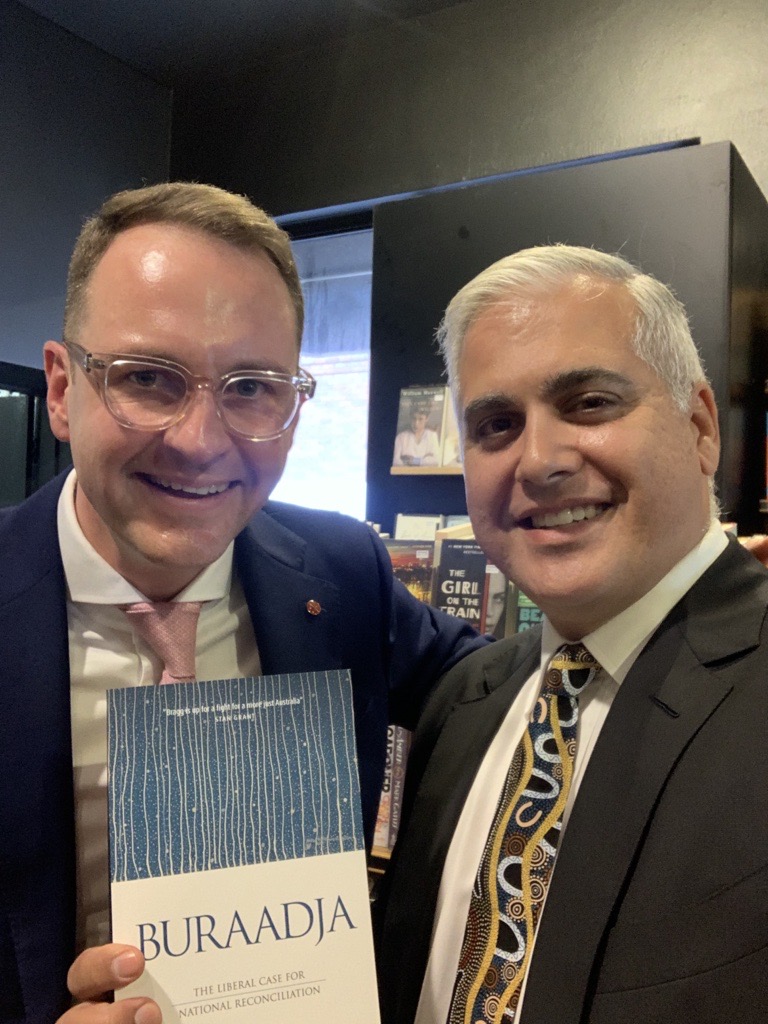
Tranby Cultural Keeping Place project
In a stellar example of successfully incorporating Indigenous perspectives across all stages of the construction lifecycle, DLG SHAPE has partnered with a range of Indigenous designers and suppliers to undertake a refurbishment at Tranby, an adult Aboriginal and Torres Strait Islander education provider, based in Sydney. The project includes a newly renovated library, to host Australia’s largest collection of books written by Aboriginal and Torres Strait Islander peoples, an audio and video recording room for storytelling from elders, plus a new home for BLACKBOOKS bookshop, with an attached writers in residence room.
DLG SHAPE is managing the construction processes, with the Indigenous design firm, Generate Interiors designing the interior space. Jamie Wanless, co-founder of Generate Interiors, and a proud descendant of the Buritja Traditional Custodians located in Gomilaroi country, wanted to create a space that celebrates the cultural knowledge of Indigenous people. The audio and video recording room encourages this idea, as the layout is reflective of a yarning circle. The furniture being used is provided by Indigenous furniture supplier – Spatial Hub.
Beyond project delivery: Reconciliation in the wider industry
Investing in the next generation
It is important to recognise that the building and construction industry can foster direct engagement with Aboriginal and Torres Strait Islander peoples beyond the project lifecycle. Investing in the education of future generations is another way First Nations voices can be heard in the built environment.
As one of only three known Aboriginal quantity surveyors, I recognise the importance of supporting the participation of Indigenous Australians within our sector by building pathways through education. I currently hold advisory positions with Western Sydney University, UTS, RMIT, Deakin and Curtin University, where develop Indigenous curricular programs as a pathway towards bettering Indigenous engagement within the design, architecture and building sectors. I am also a casual lecturer at UNSW discussing Aboriginal Health and connection to Culture in the School of Medicine.
Actively contributing to successful long-term participation of Indigenous people in our industry can be achieved though employment opportunities, mentorship programs and cadetships.
Giving back to the local community
Building and maintaining relationships with local First Nations communities is a perfect example of actioning effective Indigenous engagement. It starts with acknowledging the diversity of Indigenous people in Australia and appreciating the needs of individuals, their communities, and their relationship with the land.
Identifying and providing opportunities wherever possible is a part of DLG SHAPE and SHAPE’s reconciliation mission. Each year, both organisations participate in pro-bono refurbishments, with the support of generous subcontractors, of Indigenous youth and education services in the inner city. This includes the refurbishment of Tranby Indigenous Adult Education & Training Centre, Australia’s oldest independent Indigenous education provider and Mullum Mullum Indigenous Gathering Space, in Melbourne. In 2022, we had the opportunity to work with Barnardos Australia to refurbish the Yurungai Learning Centre, an afterschool service supporting Indigenous children attending primary school, in Waterloo. We also completed a refurbishment for the Clontarf Foundation in Western Australia and landscaping work for The Aboriginal Sobriety Centre in South Australia.
Connecting and Designing with Country at each stage of the lifecycle of a project paves the way forward for platforming Indigenous voices. Overall, this year’s National Reconciliation theme ‘Be a Voice for Generations’ reminds us that Indigenous dialogue within the construction industry is still an ongoing process for impactful change, not just a destination.
Michael Manikas is moderating the Property Council of Australia’s Impact by Design panel on Thursday, 29 June 2023.
